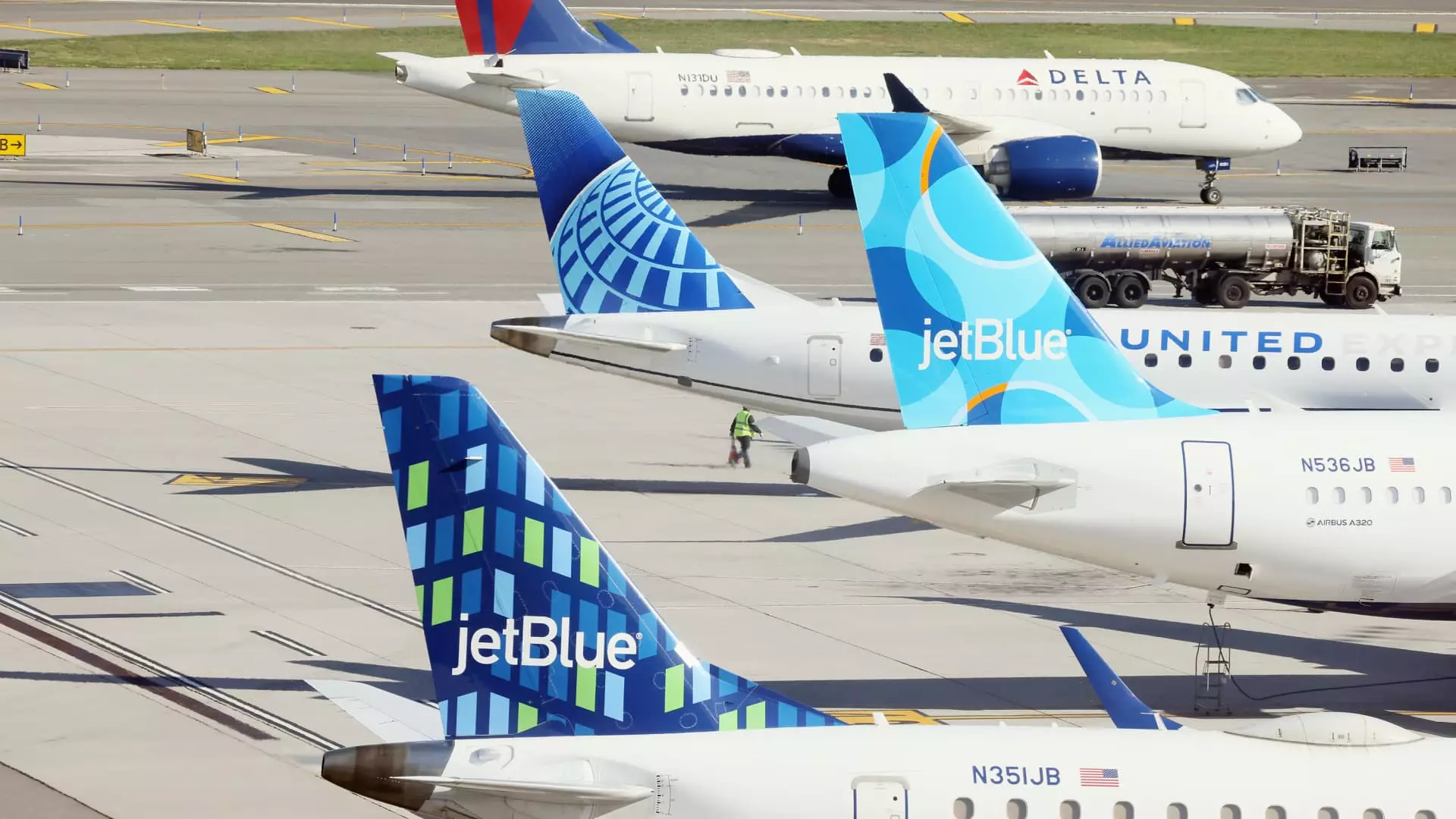U.S. airlines are making strategic moves to reduce their capacity for the rest of the year to counteract the oversupply of flights in the domestic market. This oversupply has resulted in lower fares and decreased profitability, despite the high demand for summer travel. Recent data shows that airlines in the U.S. have significantly decreased their capacity for the fourth quarter, with a nearly 1% reduction seen in the past week alone. This adjustment is part of a larger effort to only grow flying by about 4% year over year in the final months of the year.
Passengers should brace themselves for potential fare increases in the near future, as reducing capacity is likely to lead to higher fares. This is a necessary step for airlines to boost their bottom line and align fares with profitability. The U.S. domestic market is currently saturated with flights, prompting carriers to reevaluate their growth strategies. The latest inflation report revealed a decrease in airfare prices, highlighting the need for capacity cuts to drive fares up while maintaining consumer interest.
Airline executives are acknowledging the strong demand for travel but are also recognizing the need to scale back growth plans to create a more sustainable market. Companies like Delta, United, and Southwest have already hinted at capacity pullbacks to improve their financial outlooks. Southwest Airlines, for example, is introducing changes to its seating model to drive up revenue, while American Airlines plans to expand at a slower rate in the coming months. The goal is to strike a balance between profitability for airlines and affordability for consumers in a challenging economic climate.
While major airlines are making adjustments to their capacities, low-cost and discount carriers are also taking drastic measures to stay competitive. Some of these carriers are cutting unprofitable routes and reducing capacity by 2.2% in the fourth quarter of 2023. JetBlue Airways, for instance, has been focusing on popular city pairs and eliminating money-losing routes. Spirit Airlines, on the other hand, faced challenges in the second quarter due to lower-than-expected non-ticket revenue, prompting the need for greater efficiency and profitability moving forward.

